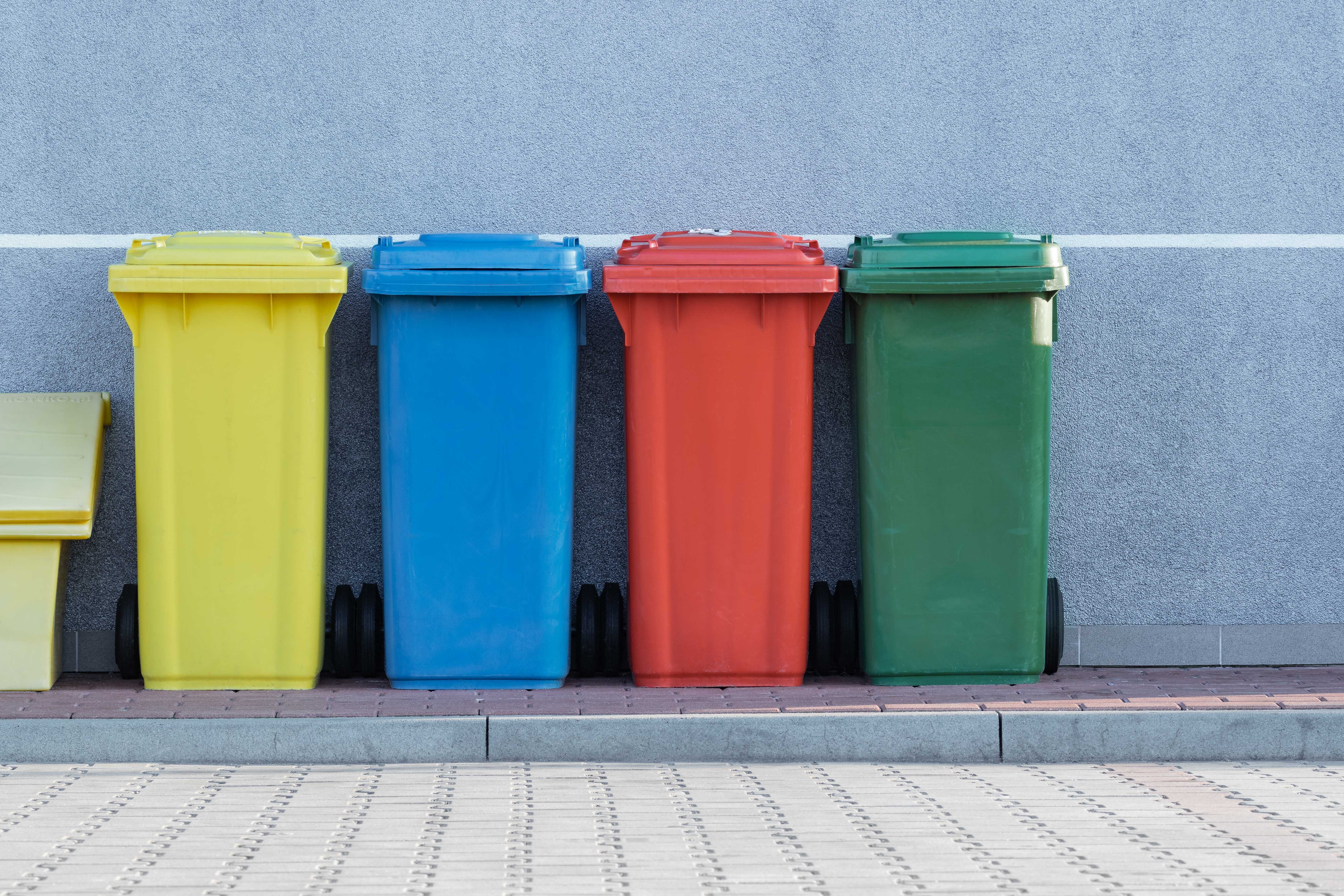Zero-waste is a daunting concept. Every home produces waste, and to minimize that down to absolute zero seems impossible, but try to think of reducing waste as a journey with zero as the goal. There are steps that can be taken today to help reduce waste tomorrow. Rather than viewing the entire household as a project, think of it as a process that needs to be broken down into palatable increments. This is the only way to successfully make behavioral changes that will become habits.
The journey to zero is not an excuse to evacuate the home of every ancillary object. This creates more problems than it solves. Instead, it is best to consider the avenues that exist for things that are no longer of value. Clothing in good condition can be donated, sold at a yard sale, or given to a friend. Clothing or fabric goods in poor condition can be up-cycled into sewing material for DIY projects. Some cities are home to craft shops that accept craft donations such as fabrics. This could also be a good destination for that polymer clay collection that was never touched or those drafting supplies from high school. Dishes and kitchenware can be resold or donated as well. Run across a dish that cracked or chipped? Break it up and use it to create drainage for a houseplant. Perhaps the container for the same houseplant is another bowl or bucket or forgotten vessel that needs repurposing.
These options will not be suitable for every home, but the point is to consider the alternatives to simply throwing a thing away. Garbage is garbage, but toys, clothes, books, dishes, furniture…simply because these things have overstayed their welcome in one home does not mean they cannot be loved in another.
Speaking of garbage – garbage is not always just garbage. Banana peels, vegetable cuttings, egg shells…these things can be used as compost. Boxes, paper, some kinds of plastic and Styrofoam (depending on the municipality) can be recycled. Even if a city does not offer roadside recycling or if an apartment building is unable to support a recycling program, an enterprising person could still separate recyclables and take them to the local Public Works. (Call ahead to be sure of the procedure.) These are extra steps, especially in areas where recycling is not widely accessible. However, the options are available for those who are committed to the goal of zero.
As for composting, the notion may seem unreachable to apartment dwellers, but there is hope. Vermiposting is composting with worms. Though it may sound off-putting at first, vermiposting is an excellent option for indoor composting. Usually housed in a worm farm or a bin, worms eat up a balanced diet of food scraps, coffee grounds, and houseplant trimmings as well as newspaper, cardboard, and home office recycling (printer paper, junk mail, etc.) that later breaks down into compost. The compost can then be used to feed houseplants and container gardens or can simply be emptied back into nature. The other option is to check with the local Public Works office to see if there is community compost. If not, would community compost be possible?
The best way to reduce waste to zero is to be mindful of buying choices in the first place. Make a habit of bringing reusable bags and containers for bulk selections to the grocery store. Instead of buying pre-sliced fruit and vegetables wrapped in plastic and a foam tray, buy the bulk option and bring it home in a reusable cloth bag (perhaps a bag sewn from an old unwanted shirt). Look for products that are packaged in cardboard boxes that can be recycled with ease (or composted). Consider making food from ingredients that are easy to find in cardboard or paper wrappings rather than pre-made, pre-packaged food. Snacks like fruit, nuts, or granola can be purchased in bulk and tend to be a healthier option anyway. If coming home with a plastic bag is a must or they are already prevalent at home, take them on the next trip to the store and reuse them as many times as possible before recycling them.
Even cleaning can produce less waste. Use up the cleaners that are at home first, taking care not to compost anything that has been saturated with cleaning chemicals like ammonia or bleach. Once these products are used up, switch to washable cloth wipes or compostable paper products. Look for cleaners that disclose their ingredients in full and check to be sure they do not contain chemicals that could be harmful to compost ecosystems or react poorly in the wash cycle. There is also the option to make cleaners from vinegar, lemon or baking soda. If making cleaners is of interest, check online or at the local bookstore for more information on specific formulas and uses.
The important thing is to take the zero-waste journey one day at a time. Make changes that make sense with your current lifestyle to guarantee that they will stick. Be responsible with choices about where unloved things go and with what comes into the home. Choose reusable over disposable where possible. If an option listed above is not plausible right now, consider that in the future (e.g. moving from a college dorm to a private residence), circumstances may change. The goal is zero, but like any journey, zero does not happen without self-reflection and change.



